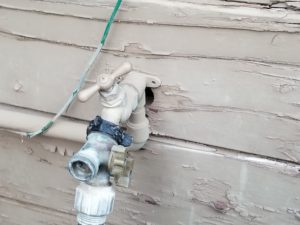Hole the size of a dime = mice entry
Hole = As long as the diameter is the size of a dime and the mouse can fit its head through the opening he/she can make it in. Equally important is how you prevent the reoccurrence – don’t just fill in with foam, it must contain something that will prevent eating like steel or copper wool. Fill the opening and mix the wool within so the rodent will not gnaw through.
Hole the size of a quarter = rat entry
As long as the diameter is the size of a quarter and the rat can fit its head through the opening he/she can make it in. A crawlspace home may have more entry points and you must crawl and investigate those possibilities. Or hire a professional to do that service, hire one that is knowledgeable about pests and housing construction. Also be aware of termite issues and be prepared to further explore any signs.
Rodents include rats, mice and rabbits – they all may gnaw wires and be potential carriers of diseases. They may also carry parasites and remember when they are gone the parasites may remain behind and go after humans. I also believe especially in crawlspaces that all entry must be prevented, I’ve seen cats and other animals living in these areas and for sure they carry other critters like fleas and ticks.



